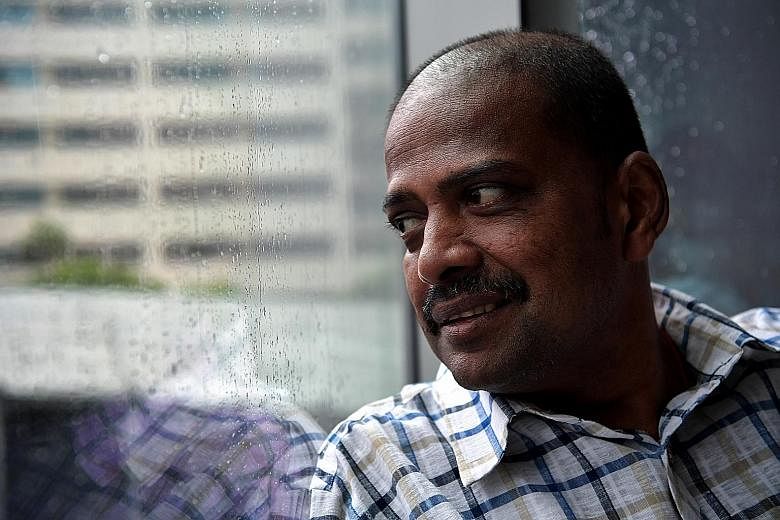In 2014, assistant engineer Sivanathan was diagnosed with a type of cancer involving the bone marrow. He was told by doctors he had three to four months to live.
A search on the Bone Marrow Donor Programme (BMDP), which is linked to an international registry, found the 50-year-old's best match was a 31-year-old man in the United States - but even a transplant offered only a 30 per cent chance of survival.
He took the chance and, more than a year after receiving his transplant, Mr Sivanathan, who goes by one name, considers his recovery a "miracle".
Having foreign donors can mean longer waiting times for patients like Mr Sivanathan, who is Indian.
While more donors signed up to the BMDP in the first half of this year, a study by the programme found that patients of minority races have a significantly lower chance of finding their best match in Singapore.
Looking at the gene complex of 90 people - 30 Chinese, Malays and Indians respectively - it searched for suitable bone marrow donors from the local registry.
While 63 per cent of Chinese "patients" would be recommended a Singapore donor, this would be the case for only 53 per cent of Malays and 10 per cent of Indians.
Although the BMDP recruited over 14,000 new donors from January to June, Malay and Indian donors made up 9 and 8 per cent of the total respectively.
"For Indian patients, finding them a matching donor means we need to reach out to register partners in the US, India and Germany, which were the top three donor sources," said BMDP chief executive Jane Prior. "When no local match is available, we lose valuable time."
With the cost of having an international donor more than double that of a local one, treatment can stretch beyond the means of many. For Mr Sivanathan, timing was crucial.
"When I was hospitalised in Singapore General Hospital, I had a fever," he said.
"They had already found a suitable donor, but I was admitted to the Intensive Care Unit and my condition was bad, so they stopped (plans for the transplant)."
It was only later, when his condition improved, that a transplant could take place.
"Every day, my family came (from Johor Baru) to see me and cook for me," said the Singapore permanent resident who has been working here for around 30 years.
His wife and two children live across the Causeway.
But stopping work since his hospitalisation and as well as spending on regular transport to Singapore for treatment have taken a toll on his finances.
The BMDP helped to bear the cost of bringing his donor's stem cells in from the US.
Although he is looking forward to spending his first Deepavali at home illness-free, the episode has left him conflicted.
"Celebrations are nothing; we don't have the finances."
While he is receiving help from medical social workers, he looks forward to going back to work and making a full recovery, which could take two to three years.
"My medical leave ends in November... My doctor will give me a letter to say if I can continue working."
Seow Bei Yi


